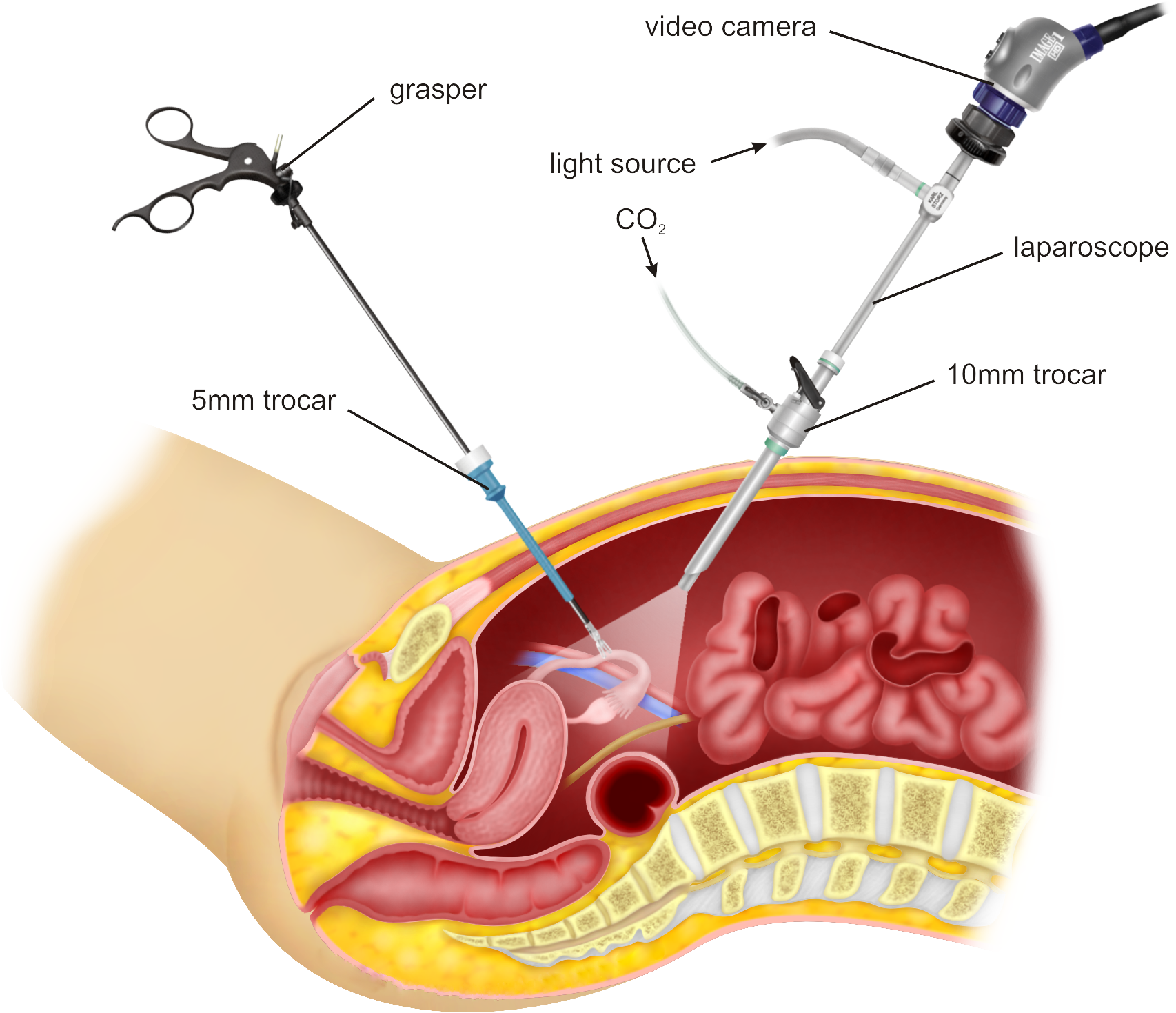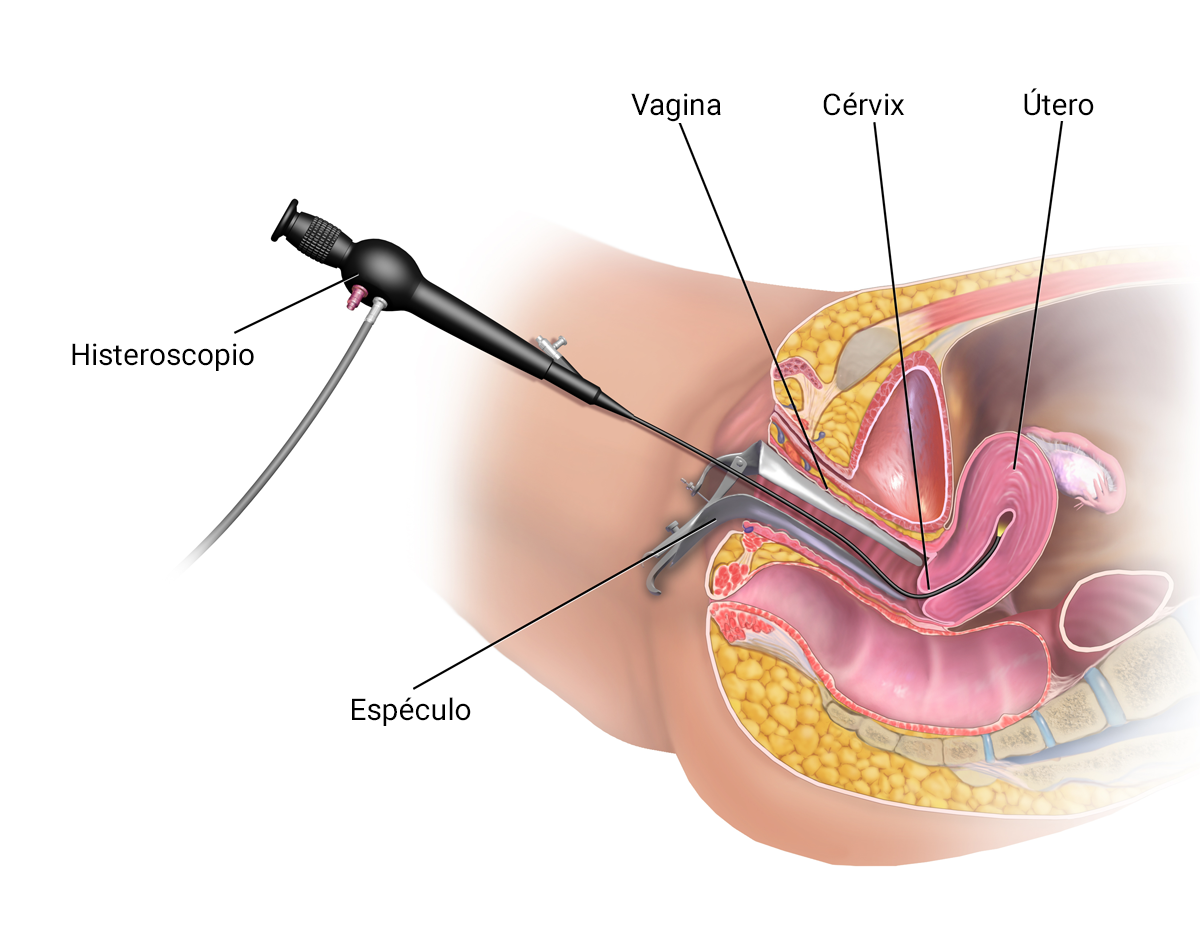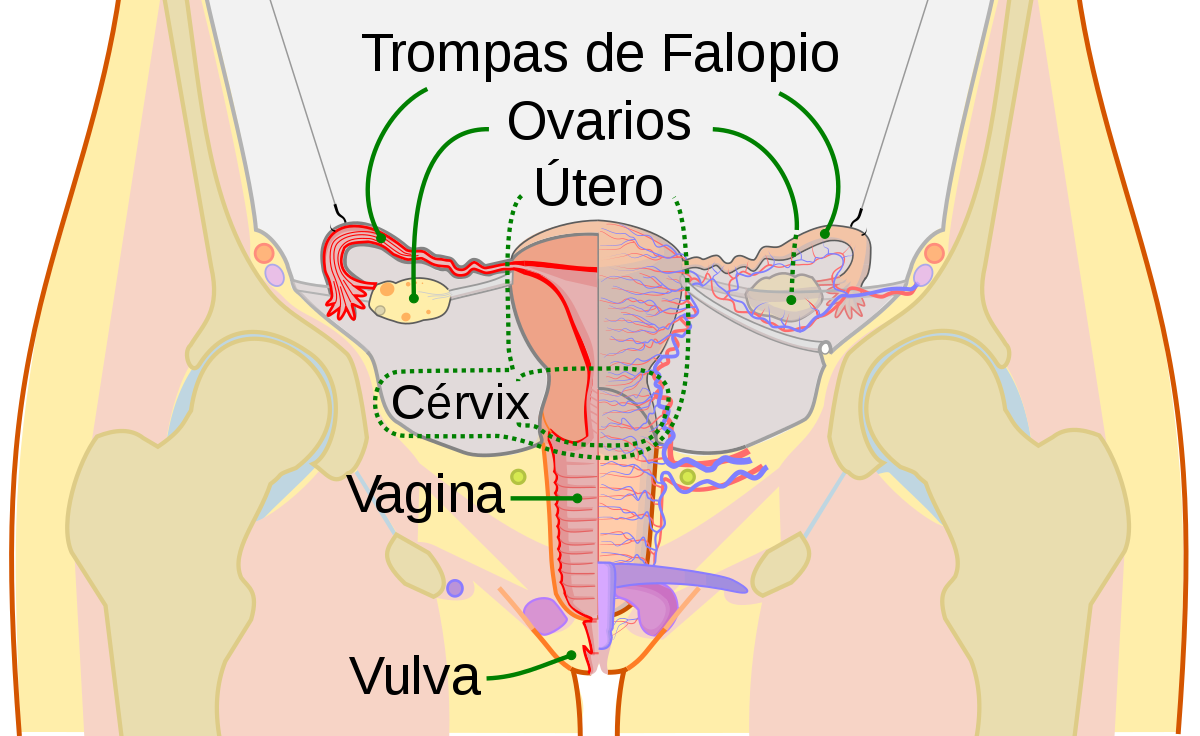What is it?
MINIMALLY INVASIVE SURGERY
A minimally invasive surgery is a type of surgery in which special tools designed to reduce the size of the incisions and the amount of damage to body tissues are used. In this type of surgery an observation device is used that allows surgeons to see inside the body without opening it completely.
There are different types of observation devices, but all observation methods in the same way. They are long and thin tubes with a small camera and an integrated light at the end. The camera sends images from inside the body to a screen. When this type of surgery is done, the surgeon practices a small cut, to allow the observation device to enter.
Next, make two or more cuts through which thin instruments can pass. The instruments used can be tweezers, scissors and suture devices, which the surgeon can handle from outside the body. While looking at the image on the screen, the surgeon uses these instruments to perform the operation. It has advantages, in addition to the cosmetic and aesthetic appearance, that it is less painful than conventional surgery, faster recovery, less bleeding and in general there are fewer problems with the scars of the incisions in terms of hernias.
MINIMALLY INVASIVE SURGERY
LAPAROSCOPY
The procedure consists in introducing a thin instrument with a video camera through the navel to directly visualize the female reproductive system. One or two smaller incisions of up to 1 cm are made at the height of the pelvis, in order to introduce operative instruments and complete the surgery. It requires anesthesia and discharge occurs in a few hours in most procedures, hospitalization is only performed in certain major procedures.
- Procedures performed.
- Diagnostic laparoscopy
- Laparoscopic salpingoclasia
- Management of cysts benign ovarian tumors by laparoscopy
- Treatment of pelvic endometriosis by laparoscopy
- Laparoscopic hysterectomy
- Laparoscopic myomectomy
- Tubal Recanalization


MINIMALLY INVASIVE SURGERY
HYSTEROSCOPY
It consists of introducing a small video camera inside the uterus through the vaginal route, without making any type of cut or incision, in order to diagnose and treat various pathologies inside the uterus.
Indicated in
- Endometrial biopsy guided by abnormal and postmenopausal uterine bleeding.
- Endometrial polyps
- Intrauterine fibroids
- Uterine abnormalities such as septate uterus.
- Withdrawal of intrauterine device IUD retained.
MINIMALLY INVASIVE SURGERY
TUBE RECANALIZATION BY MICROSURGERY
Reversal of salpingoclasia is possible, and has an adequate success rate in well-selected patients. Many couples do not know the tubal recanalization process and therefore, they believe that the procedure is an irreversible process.
In the hands of specialized personnel and with good training, the possibility that the tubes are permeable and functional again is approximately 50% to 60%. A small incision is made in the 3-5 cm pelvis, through which the uterine tubes are exposed and with special instruments the microsurgical recanalization is performed.

